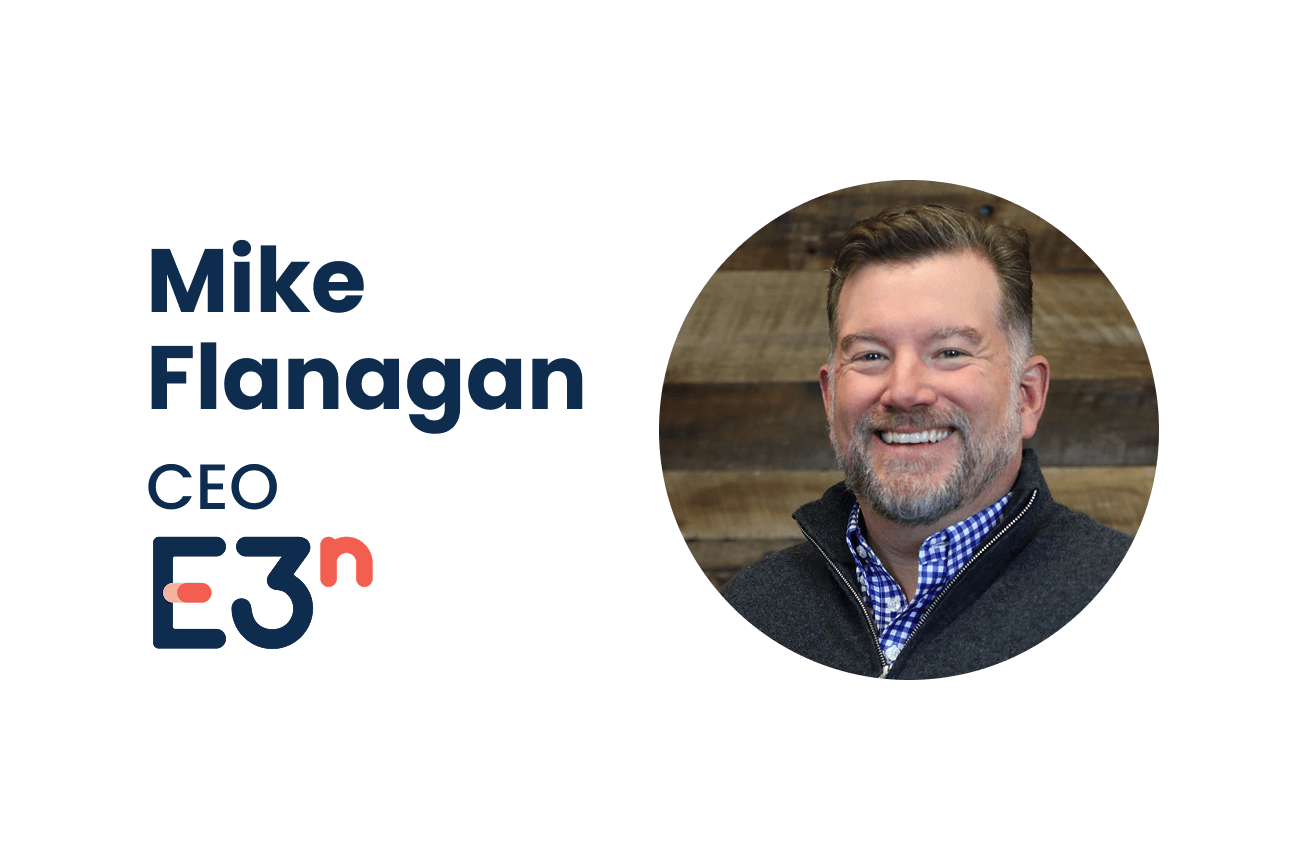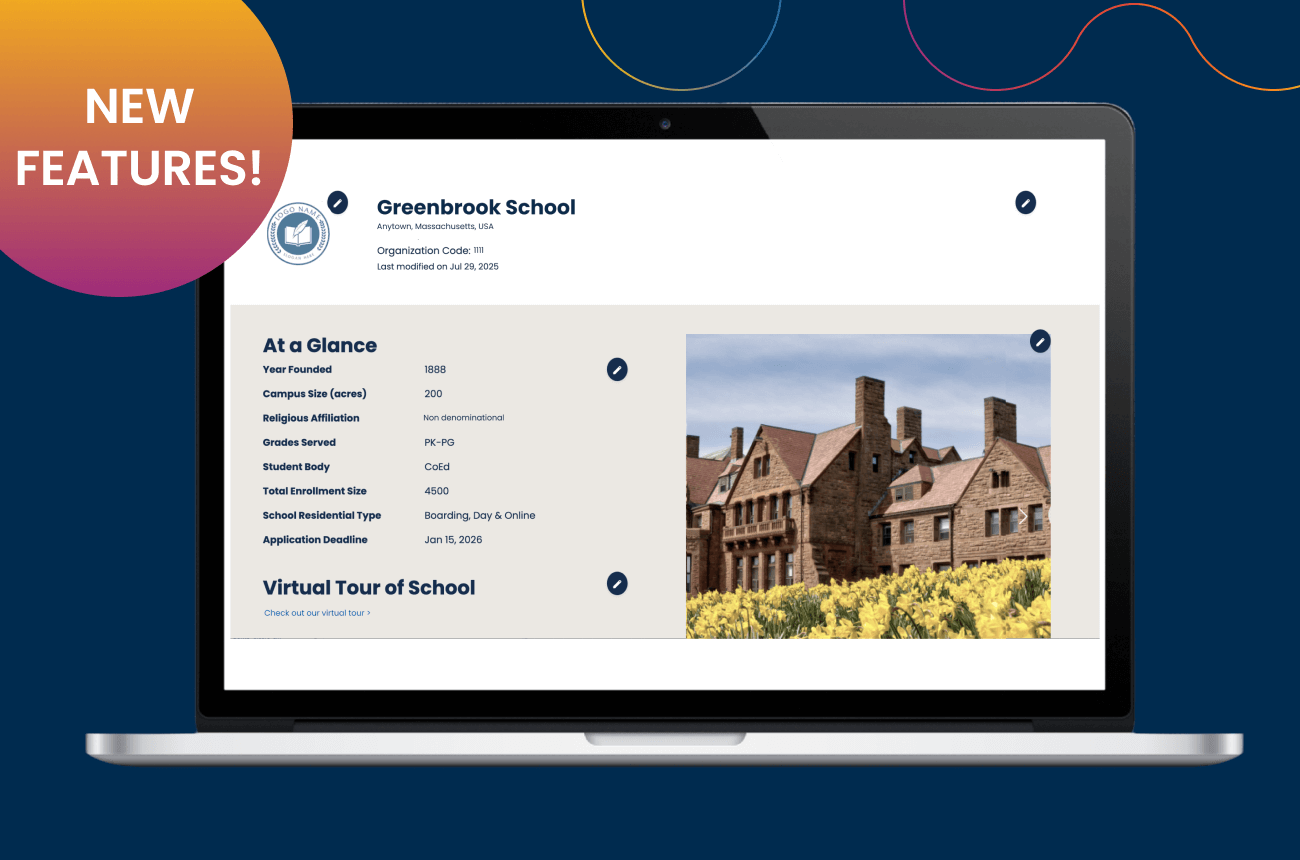Immersive Admissions: International Recruitment in 3D

Second in a series by John Williamson, Linden Tours
From Memberanda, Fall 2012
Back in the 1970s, life was good. We had plenty of students and we created patterns of recruitment that remain the crux of our operations today. Yes, we’ve added a few social media accounts and we put our applications online, but we still send our recruiters out each fall, read applications each spring, make countless phone calls throughout the summer, bite our nails through the first week of classes, and then someone finally says “enough is enough” and adjusts the head count to reflect reality instead of projection.
We’ve known for decades that stalking students through the summer is a ploy on many levels. We haven’t the time to plan, breathe, fix what is broken, or even adjust our blueprint for the coming year; we simply replicate. Customarily, we repair our problems and make sizable adjustments a full decade behind our admission colleagues in higher education. They wrote the international admission in the 1980s, and we’ve yet to make it through chapter three. Of course, it’s not our fault. Most independent schools don’t have the budgets, staff, or time to make revolutionary transformations. This pattern continues until the head asks us to find 20 more students to make budget.
First it was Japan and then Korea that made these last-second catches like shooting fish in a barrel. Then came the onslaught from China, and we overfilled. We can count no longer on any one country to be our savior in the final hour. Simultaneously, we’re being asked to diversify the campus population. Somehow we must find the resources to create an immersive recruitment plan or the annual gaps between reality and projection will only become larger.
Many years ago when I transitioned from university to boarding school admission, I started speaking about immersive recruitment and the necessity of recruiting in 3D. In university admission, I watched many competitors close their doors when they were unwilling to fund (or change) their recruiting styles. Independent schools see this phenomenon as well, when another of our sister institutions closes her doors.
We need to redefine our recruitment and its funding. Schools must realize that investment in admission and admission strategies is vital and delivers our greatest return on investment, bar none. I’ve funded many an admission project as a separate investment portfolio and without exception, my ROI exceeded that of the school’s brokers. I funded immersive admission projects across the globe, and those legacies are still producing results for my former institutions.
It’s not difficult to begin; the first phase can commence with only a few weekly hours of a staff member’s time. When planning overseas recruitment, each city needs to be interpreted holistically. In each place we visit we must apply the five intangibles of history, politics, society, wealth, and culture. If we understand the blurring of these five elements for every locale and adjust our recruitment to take them all into account, then we could recruit successfully from approximately 65 global markets.
Several times each week I am asked, “If I recruit in city X this fall, will I get students?” I pledge this to each admission officer and head who asks this question: if you do your homework and adjust your recruitment to that city, then there’s no doubt you can attract students. Some cities will indeed be more difficult than others but there are many obscure markets that have students to send you. It’s rare that a producing or emerging student market is impenetrable by almost any school if it strategizes correctly.
What we cannot fail to do is to investigate the endless opportunities across the planet to turn prospects into students. Research a place to see what niche strategies you can apply. Examine how every aspect of your campus can be turned into an advantage over other schools. Notice how the background of a segment of your students matches that of a nation you’re visiting. Rarely is a nation a single culture; uncover where that country’s minorities work, play, worship, socialize, exercise, or (more importantly) do the three or four things that your school does better than any other. In that society, who is the deciding factor in a child’s education? Where is she (usually) during the day, and what is she reading on the weekends? It’s a matter of directing our recruitment towards not just one of these factors, but all of them simultaneously.
The societies in which we’re recruiting, like the lives of the children on our campuses, are not linear. We educate the whole child for a reason, and we must remember that many of these once “whole children” have now turned into whole adults. They lead complex, spherical lives. Their world is 3D, so yours must also be when looking for them. So when planning your next trip to Brazil, Indonesia, Azerbaijan, or Panama, first do your homework and start to approach the task at hand in the same way you’re teaching your students to approach theirs – immersively.
We can no longer be satisfied with the low-hanging fruit. We must remember that the sweetest fruit is the one receiving the most sunshine, and therefore is harder to reach – yet accessible if we plan ahead and bring the ladder and the arsenal of tools we have in our tool shed (or admission office) to bear.




